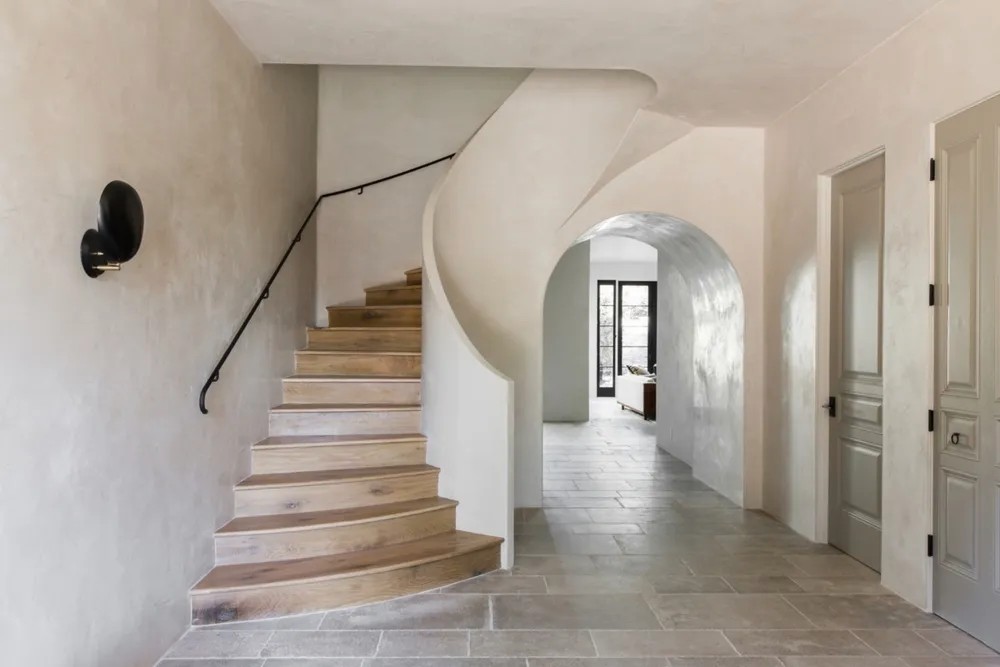
Things to know about the Polished Plaster
Polished plaster is a wonderful and versatile finish for interior walls. It’s easy to apply and a great choice for beginners. Polished plaster can be applied over drywall, concrete block or even existing plaster. It’s an inexpensive, natural material that adds texture and interest to any room.
Here are some things to know about this popular finishing material:
It’s non-toxic. Polished plaster is made from gypsum (calcium sulfate) and lime, which are both naturally occurring materials. They’re mined from underground deposits, which makes them renewable and sustainable.
It can be painted over with water-based paints or stains. It’s not always necessary to prime the surface before applying paint or stain because polished plaster doesn’t absorb much moisture and has a smooth surface that accepts paint well.
It has greater thermal mass than drywall or other wallboard materials, which means that it holds heat better in cold weather and releases it slowly in warm weather. This can help keep your home comfortable year-round without using as much energy on heating or cooling costs as other types of insulation do.”
Polished Plaster is an innovative, sustainable and versatile material. It is a great alternative to traditional plastering materials due to its light weight, easy installation and range of colours. Polished Plaster can be used for interior walls and ceilings in new-build homes and commercial properties, as well as for external renderings.
There are several benefits to using polished plaster:
It’s easy to install — You can apply it directly over any surface. Polished plaster doesn’t require any special tools or equipment and it takes only a few hours to complete the job. This makes it ideal for DIY projects.
It’s strong — Polished plaster is made with gypsum, which is one of the strongest materials available. It will hold up well in most areas of your home, including bathrooms and kitchens where moisture may be present. If you’re planning on installing polished plaster in those areas, make sure it’s rated for moisture resistance before doing so; otherwise, you could end up having problems with mold or mildew growth due to excess moisture buildup in the wall cavity.
It’s affordable — Polished plaster is less expensive than traditional drywall or sheetrock because it doesn’t require any additional labor costs when installing it over existing surfaces like bare wood.
The most common polished plaster finish is called “rubbed.” In this method, the surface of the plaster is smoothed with a tool called a float. This leaves behind a textured surface that looks like it has been rubbed by hand. This type of finish is often used on walls or ceilings in traditional homes and buildings where you want to create a rustic look or feel.
Another popular method of creating polished plaster surfaces is called “burnishing.” Burnishing involves rubbing tools such as steel wool over the surface while applying pressure (usually by hand). This causes the top layer of paint to chip off, revealing the whitish base coat underneath which has been stained yellowish-brown by iron oxide leached from the sand in your mix (see below). You can check Stucco offer Nikkolor for more information.
